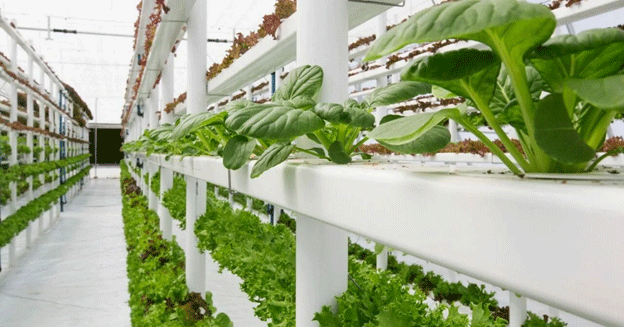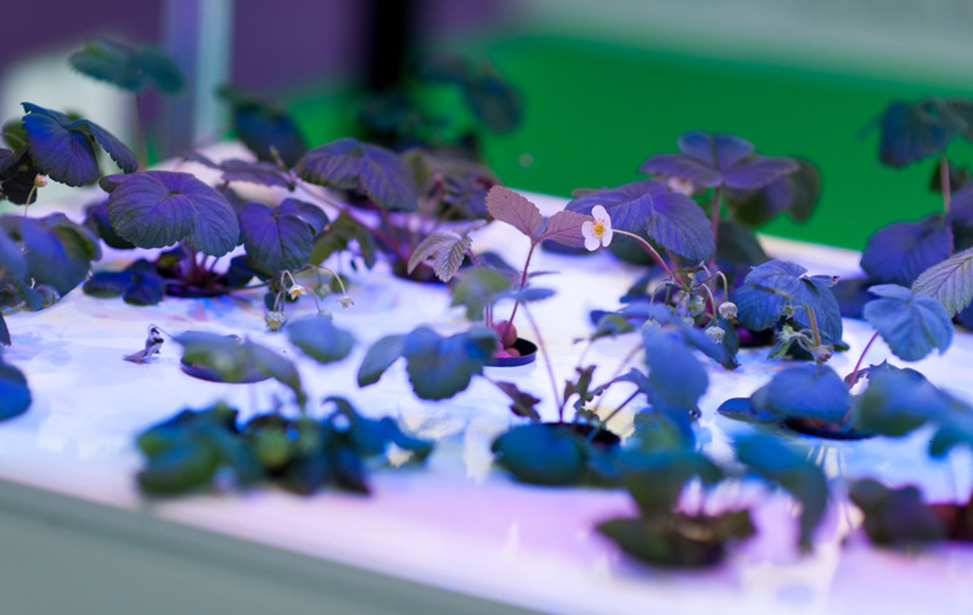Global food security is under increasing strain due to urbanization, climate change, and resource scarcity. Traditional agriculture, reliant on extensive land and favorable weather, is struggling to keep pace with demand. Vertical farming, a modern agricultural method, provides a viable path forward by growing crops in stacked layers within controlled environments.
The Rise of Vertical Farming
Vertical farming is no longer a niche concept. Countries with limited arable land, such as Singapore and Japan, are leading the charge. Singapore’s Sky Greens, for instance, uses nine-meter-high aluminum rotating racks to grow leafy greens like spinach and lettuce, optimizing sunlight exposure for each plant. Meanwhile, Japan’s Spread Co. operates high-tech vegetable factories producing 7.3 million heads of lettuce annually. These facilities rely on nutrient solutions and LED lighting, entirely replacing soil and natural sunlight.
According to retired Columbia University professor Dr. Dickson Despommier, who championed vertical farming in the late 1990s, a single indoor hectare can yield the equivalent of 10 outdoor hectares. Such facilities are resilient to pests, droughts, and seasonal changes, allowing crops to achieve their full genetic potential. Additionally, vertical farms use just one-third of the water and one-quarter of the fertilizer required by traditional methods, without any pesticides.
Economic and Environmental Impact
The potential of vertical farming extends beyond productivity. In Europe, increasing vegetable factory output by just 1% could save 1.2 million hectares of farmland, freeing it for other uses or preserving biodiversity. For instance, saving 600,000 hectares of tropical rainforest could be achieved through these efficiencies.
However, cost remains a significant barrier. These advanced systems are currently affordable primarily in wealthier nations. Von Witzke, an agronomy professor, notes that the scalability of vertical farming for global food security hinges on reducing production costs and improving accessibility in lower-income regions.
Challenges and Opportunities
While vertical farming has demonstrated impressive results, its widespread adoption faces hurdles:
- High Initial Investment: The infrastructure costs for building and maintaining vertical farms remain steep.
- Energy Consumption: Artificial lighting and climate control systems require significant energy, which could undermine sustainability unless renewable sources are used.
- Economic Feasibility in Developing Countries: For vertical farming to impact global food security, innovative financing and cost-reduction strategies are crucial.
Despite these challenges, the technology’s ability to conserve water, reduce pesticide use, and produce consistent yields makes it an essential tool in addressing global hunger.
Vertical farming represents a paradigm shift in agriculture, combining technological precision with sustainability. While current limitations restrict its global reach, ongoing innovation promises to lower costs and increase accessibility. As the world grapples with feeding a growing population while preserving the environment, vertical farming is an indispensable part of the solution.











